DRYING PLASTERWORK
A beautiful new build home that is covered with mould shortly after plastering, is not a pretty sight. The use of building dryers brings down the overall humidity so that moulds do not stand a chance. Would you like to know how long it takes to dry your walls and why drying plasterwork with building dryers is a good choice?

Drying plasterwork: how long does it take?
Drying plasterwork with building dryers can be done already 24 hours after installation. To let the plasterwork dry properly, it is best to work with building dryers, fans and, where necessary, additional heating. At Building Dryer you do not need to wait long before your walls are dry. When using the right building dryers, the stucco dries at a rate of 1 cm per week. The stucco is normally 2 cm thick, so that the plasterwork takes about two weeks to dry
Note, however, that any rain during the construction may result in the concrete blocks being still saturated with moisture. In that case, the drying time of the plasterwork may takes as many as 4 weeks. Without building dryers, you are totally dependent on the weather and the drying time can take several weeks, resulting in significant delays in your building project.
Why dry plasterwork with building dryers?
Building dryers ensure that your walls are dry in no time! At buildingdryers.be, plasterwork is in principle dried with condensation building dryers, because these are very efficient from 7°C. Moreover, they ensure nice drying, preventing cracking due to too fast drying.
Drying plasterwork with fans and additional heating
The building dryers are combined with fans so that the dry air is perfectly distributed across the plasterwork. In this way, nice uniform drying is obtained. Additional heating is only used if the room temperature is too low and the drying time of the stucco becomes critical. The ideal drying temperature is 20 to 25°C, at temperatures less than 20°C, additional heating can provide a solution.
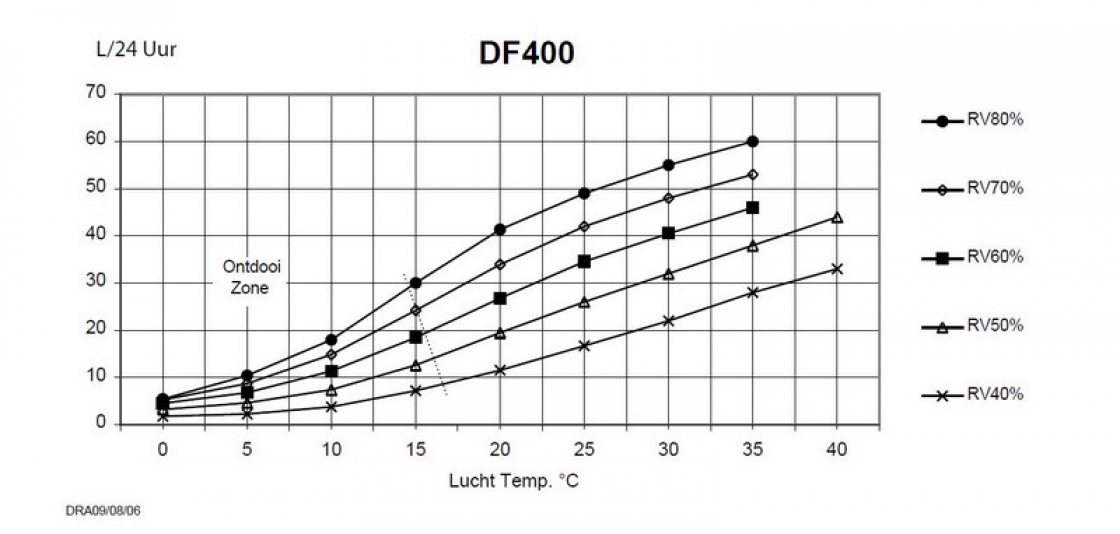
At room temperatures less than 7°C, extra electrical heating is mandatory. At low temperatures, the building moisture does not evaporate fast enough, whereby less water is released from the plasterwork; However, as soon as we raise the room temperature, the building moisture will evaporate faster because more water is released. You could compare it with a bucket of ice and a bowl of boiling water: at very low temperatures, like ice, there will be no evaporation at all, whilst at high temperatures, like boiling water, the moisture will evaporate much more quickly. Drying plasterwork in the winter is often done with additional heating, because warm air can take more moisture than cold air.
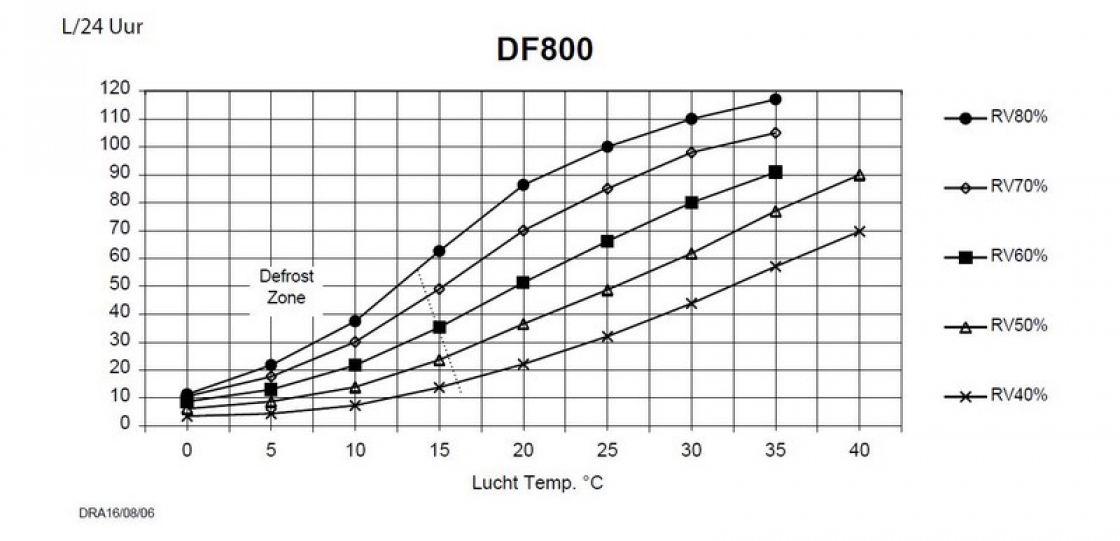
Drying plasterwork with Building Dryer
At Building Dryer you can hire not only building dryers, but also fans and electric heaters. These products can be hired both separately or combined. Do you need one of these products or a combination of them for your building project? Contact us at 0476/20.41.56 or use the contact form. We will be happy to send you a no commitment quote. Would you like to receive a detailed quote and are you in possession of a digital plan of your home? Then email it to Ruben@bouwdroger.com.

BEAUTIFUL NEWLY CONSTRUCTED APARTMENTS
It was looking doubtful that the deadline for the official completion of this apartment bu
Read more >











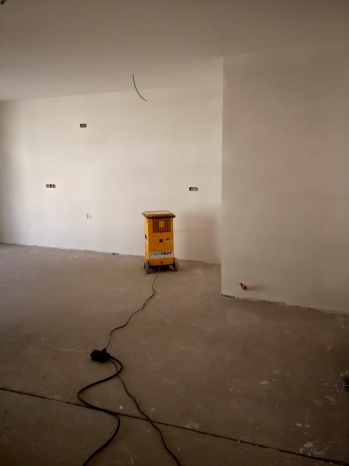
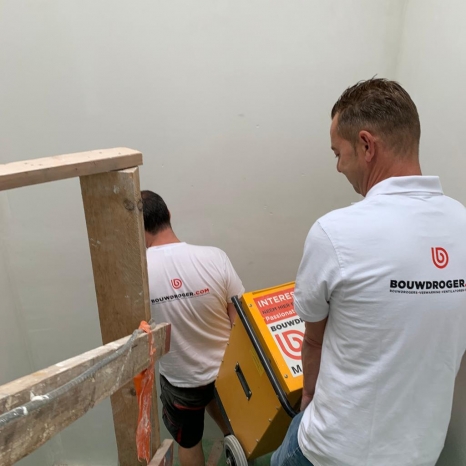
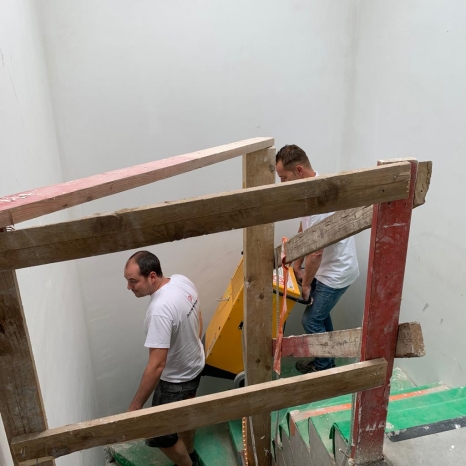

.jpg)
.jpg)

.jpg)
.jpg)
